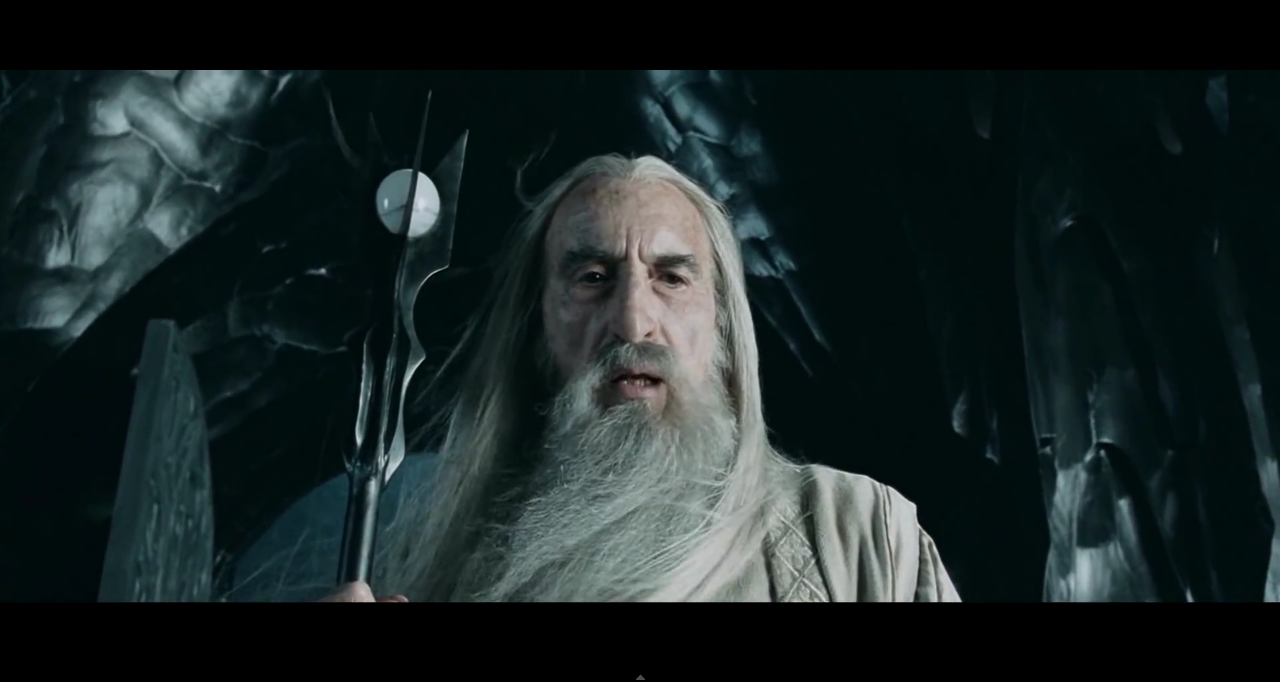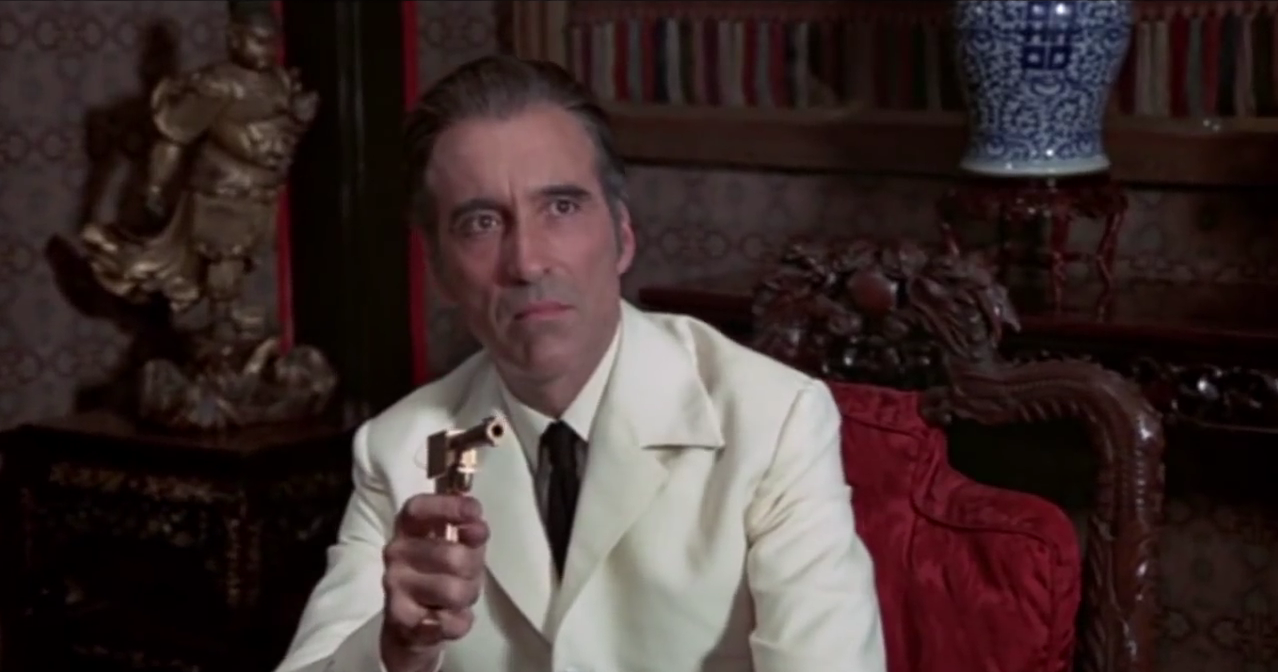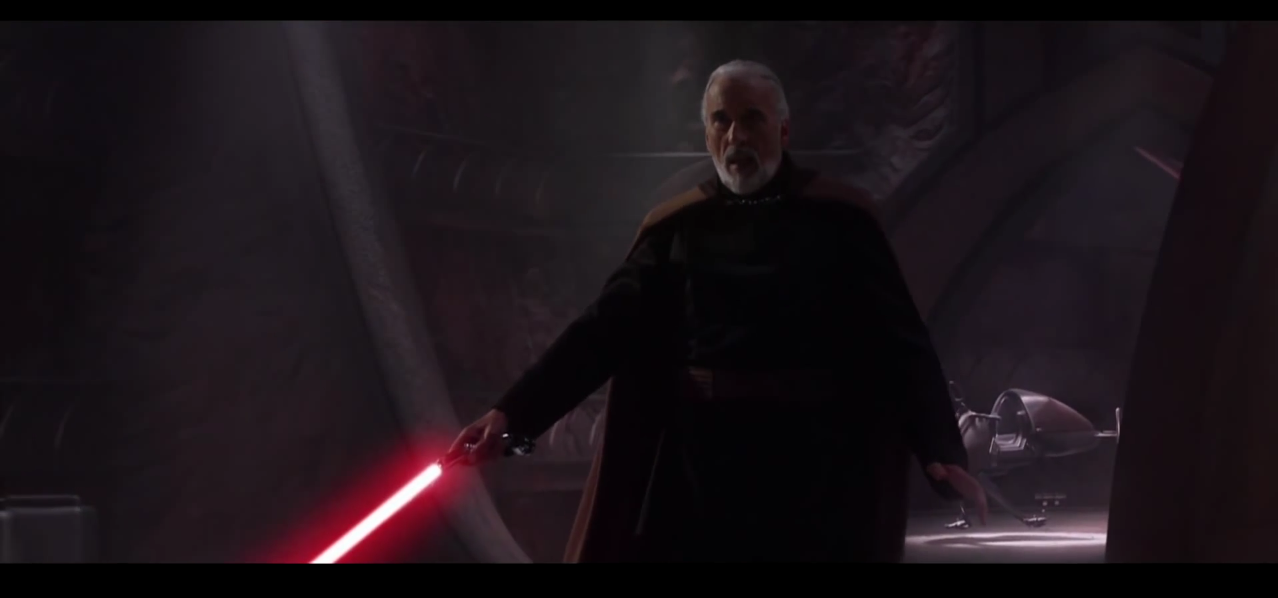I have very fond memories of watching the 1922 Nosferatu many years ago whilst attending university. I've mentioned elsewhere here that my Anthropology course allowed me plenty of free time to watch films and Nosferatu was one I picked up quite early on. I loved the Murnau classic as it was beautifully shot with stunning cinematography from F. A. Warner and Gunther Krampf. The standout for me was Count Orlok stalking the poor crew of the Demeter, it stayed with me as the synth score on the DVD I had was suitably moody. Little did I know that years later there would be a whole 2 hour film about this scene, which made up a single chapter of the original Dracula novel.
The Last Voyage of the Demeter is more of a slow burn creature feature, dragging you down into the damp, creaking hull of a doomed ship which is selected to take a large cargo of boxes to England from Transylvania. Mr Clemens (ably played by Corey Hawkins), the protagonist and audience surrogate of this story, is a highly educated black man and wants to know the world better, so joins the crew.
"The more I see of it, the less any of it makes sense," he says over the crew's first meal, not foreshadowing the events to come at all.
Captain Eliot replies, "The world cares little for sense... Perhaps it is not meant to be understood but rather experienced and accepted."
As they carry their cursed cargo towards Whitby, the crew grow suspicious of the deaths, turning on the woman, newbie and then each other as the storms and lack of food hits.
Director Andre Øvredal crafts a genuinely unsettling atmosphere, making the dark passageways of the ship into a claustrophobic nightmare echoing the silent terror of early vampire cinema. Make no mistake, this is a creature feature that delivers some brutal thrills as Dracula picks off the crew one by one when his food source, an unconscious woman kept in a trunk of dirt, is discovered and given a blood transfusion to save her life. The foreshadowing with the disappearance of rats in board and a genuinely unsettling jump-scare pretty early on sets the mood pretty much from the off.
However, while the tension is thick enough to chew on and the set impressively oppressive, the narrative can feel like it's treading water at times. There are occasionally clunky lines and bits of inelegant exposition but you can forgive that when the dark vibes are this good. It's a shame the film wasn't streamlined and trimmed as I think there is a lean horror film in here but the poor pacing and overwrought dialogue kills the potential it had.
We all know how this voyage concludes but if you're craving a pretty novel take on the Dracula story, then this is worth your time. This is no Bela Lugosi `Blah Blah Blah' meme stereotype but a more feral and wild thing.
Overall, I appreciated my time with The Voyage of the Demeter more then loved it. At over 100 years old, it certainly makes you appreciate the stark power of its cinematic ancestor and that is the mark of a true masterpiece.



